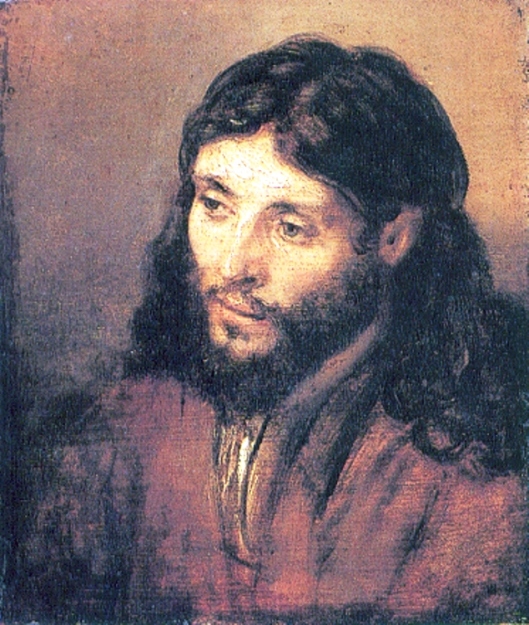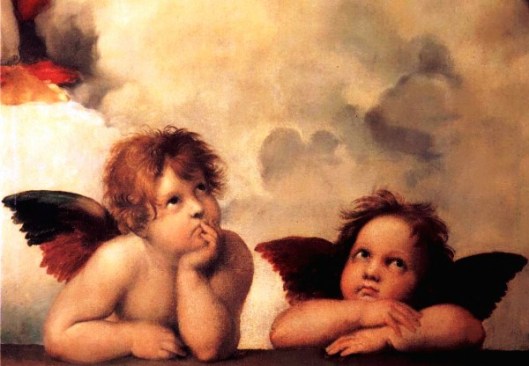Tags
festival of lights, Hypapante, nature's calendar, Nunc Dimittis, Pidyon haben, Presentation of Jesus in Temple, Simeon's Prophecy, Simeon's Song of Praise

Presentation of Jesus at the Temple by Rembrandt van Rijn (Photo credit: Wikipedia)
Rembrandt van Rijn (15 July 1606 – 4 October 1669)

Simeon’s Song of Praise by Aert de Gelder (Photo credit: Wikipedia)
Aert de Gelder (26 October 1645 – 27 August 1727)
Simeon the Righteous
Linked to the presentation of Jesus at the Temple is the touching story of Simeon the Elder, or Simeon Senex. “According to the Biblical account, Simeon had been visited by the Holy Spirit and told that he would not die until he had seen the Lord’s Christ. On taking Jesus into his arms he uttered the prayer Nunc dimittis” (Wikipedia), also called the Canticle of Simeon, found in St. Luke’s Gospel (2:29-32). The Nunc dimittis is still used liturgically in many Christian churches. Simeon also prophesied the crucifixion. He said to Mary:
Behold, this child is set for the falling and the rising of many in Israel, and for a sign which is spoken against. Yes, a sword will pierce through your own soul, that the thoughts of many hearts may be revealed (Luke 2:34-35).
East and West
In the Eastern Orthodox Church, the Presentation is called Hypapante (Meeting), “in reference to Jesus’ meeting in the Temple with the aged Simeon” (Wikipedia). Moreover, in the Eastern Church, the Presentation is a celebration of Christ and it is one of The Twelve Feasts, four of which honour Mary. But in the Western Church, Candlemas is the fourth of the Joyful Mysteries of the Rosary (from rose, the flower) that commemorate Mary.
The Festival of Lights
Candlemas is also joyful because it is a festival of lights and has been so since the fifth century. Candlemas is the day that “all the Church’s candles for the year were blessed” (BBC). As a festival of lights, Candlemas is among the celebrations which, from time immemorial, have been associated with the degree of daylight.
Christianity shaped its liturgical calendar according to what could be called a pagan calendar but is in fact nature’s calendar: the two solstices (Christmas and St John’s Day) and the two equinoctial points (Easter and Michaelmas: end of September). Candlemas is celebrated between the winter solstice, Christmas, and the spring equinox, Easter.
Rome: Candles
According to Brewers’ Dictionary of Phrase and Fable, “the ancient Romans had a custom of burning candles to scare away evil spirits.”[1] Well, that practice was also long perpetuated, particularly in England, and might be revived.
Groudhog day
We then come to the matter of Groundhog day. Foretelling what the remainder of winter would bring is not new, but the manner differs:
If Candlemas day be dry and fair, The half o’winter’s come and mair` If Candlemas Day be wet and foul, The half o’winter was gone at Youl.Scottish Proverb[2]
Love to everyone ♥
_________________________
[1] “Candle.Candlemas Day,” Brewer’s Dictionary of Phrase and Fable, revised by Adrian Room, Sixteenth Edition (London: Cassell 2001[1959]).
[2] Ibid.
composer: Palestrina (3 February 1525 or 2 February 1526 – 2 February 1594)
title: Nunc dimittis
performers: The Tallis Scholars
© Micheline Walker
2 February 2012
Reposted 4 February 2017
WordPress






 © Micheline Walker
© Micheline Walker







